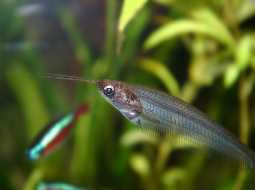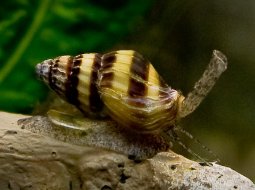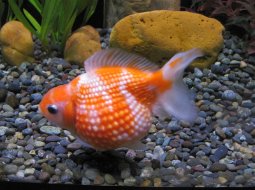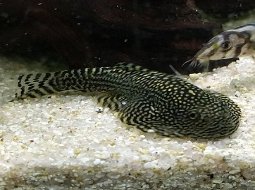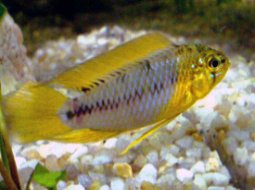
Loading Aqualapp ...
Care and Compatibility of Tiger Barb - Puntius tetrazona
Introduction
Puntius tetrazona, commonly known as tiger barb, is a freshwater fish native to Southeast Asia. It is a popular fish in the aquarium hobby due to its distinctive coloration and striped pattern that resembles a tiger's skin. The common name "tiger barb" is derived from its striped appearance and active, energetic swimming style.
Behavior
Tiger barbs are active and social fish that prefer to swim in groups. They are known for their dynamic and playful behavior in the aquarium. They enjoy exploring their environment, swimming rapidly, and making sudden movements. Sometimes, males can exhibit territorial behavior and engage in fights, especially during breeding season. It is recommended to keep them in groups of at least six individuals so they can interact and display their natural behavior.
Sexual Dimorphism
Sexual dimorphism in Puntius tetrazona is minimal and difficult to distinguish. Both sexes have vibrant stripe patterns, but males may be slightly larger and have more intense colors, especially during the breeding season.
Reproduction
Breeding tiger barbs in the aquarium setting can be challenging and requires specific conditions. They are egg-laying fish, and the eggs are usually laid on plants or other suitable substrates. The parents do not provide parental care and may eat the eggs if not separated. If you wish to breed tiger barbs, it is recommended to have a separate breeding tank with appropriate plants and shelters.
Aquarium Conditions
Puntius tetrazona, commonly known as the tiger barb, is a vibrant and active fish that adapts well to community aquariums. It prefers well-planted aquariums with open areas for swimming and exploring. Maintaining good water quality is important, as well as providing a shoal of companions.
Feeding
Tiger barbs are omnivorous and accept a variety of foods. In the wild, they feed on insects, crustaceans,
Complexity
Caring for Puntius tetrazona is moderate. They are hardy fish that can survive in a variety of water conditions. However, they can be prone to diseases if not kept in a clean and stable environment. They feed on a variety of foods, including live, frozen, and dry foods.
In case you need more help, or if you want to know into any topic related to the Puntius tetrazona (Tiger Barb) and even any other species you can use the forums to ask what you need.
To do an analysis more detailed about coexistence and behavior of Puntius tetrazona (Tiger Barb) use the Aquarium simulation tool, if you do this you can test different ways to combine the Tiger Barb with other fishes giving the dimensions and space on you aquarium, on this way you can known the optimal configuration for keep the fishes that you want.
You can also find out the 106 species compatible with the Puntius tetrazona (Tiger Barb) can live together.
Note: The parameters of the water such as PH and temperature are also used to calculate the compatibility of the species.
Compatible species (106)
Compatible (72 Species)
Compatible without any restriction
El sumatrano es un pez de cardumen además que tiene un buen tamaño y es rápido, en un acuario de biotopo el Labeo no tendrá dificultad con ellos.
Similar Sizes (9 Species)
Pueden convivir si son de tamaños similares, pero evidentemente el pez koi ira creciendo y llegara el momento en que podría caber por la boca del pez koi y comérselo.
They can coexist if they are the same size or very similar sizes, it does not work in all cases, there may be exceptions.
With Reservation (6 Species)
The swimming speed of these fish can stress the betta fish and could make them sick.
El Pez Barbo Sumatrano, persigue constantemente las Monjitas, y les muerde las aletas hasta llegar a estresarlos.
Compatible in some cases, it depends on the nature and personality of the fish.
Considerable size difference (2 Species)
They can coexist while they are similar in size or the size difference is not very abysmal, since as the fish grows it increases the chances of eating its partner that did not grow much.
Food competition (11 Species)
They can live together but you have to be careful since it is likely that the fastest fish will take all the food and leave nothing for their partners who are slow swimmers, so you have to make sure that everyone can eat.
Compatible if space is enough (6 Species)
They can coexist together if the aquarium they share is large and spacious enough for both species to feel good, as some fish may attack others to feel that they have little space and try to eliminate the competition.
Tiger Barb
Puntius tetrazona

- Ph: 6.5 - 7
- Temperature (c°): 22 - 28
- Measures: 8 cm
- Aquarium Capacity:
12 Liters - 3 Gallons - Alimentación: Omnivores
- Colores: Black, Orange
- Comportamiento: Active, Eat fins, Peaceful, Shoal
- Habitad: Asian
- Preferencias del Acuario: Natural plants, Rocks, Sand
- Tamaño: Small
- Taxonomía: Fish
- Tipo de Agua: Sweet water, Tropical waters
- Velocidad de nado o movimiento: Fast, Normal
- Zona de Nado: Swim in the middle of the aquarium


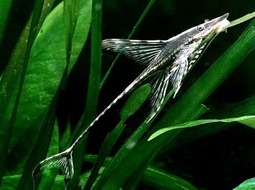
.jpg)
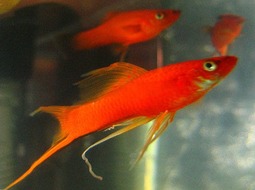
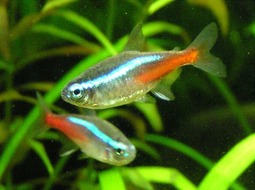
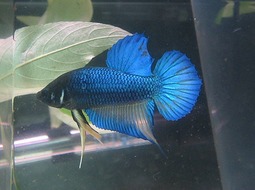

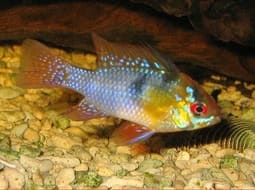
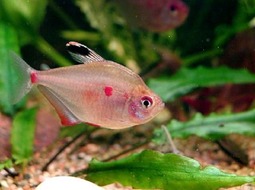



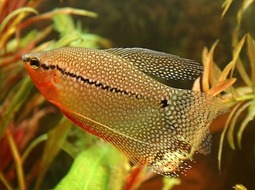




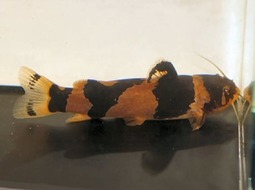



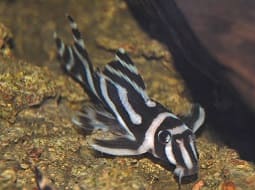
.jpg)



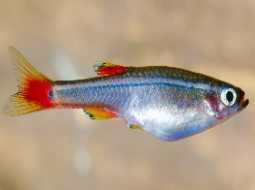



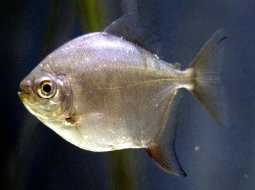
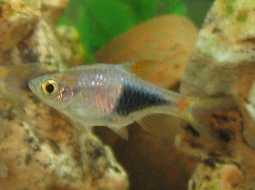

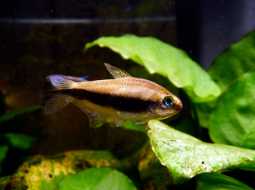
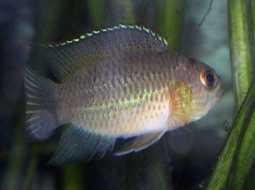
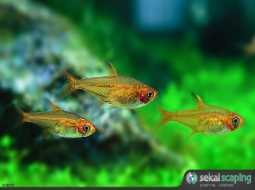
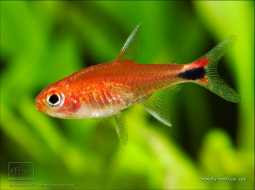
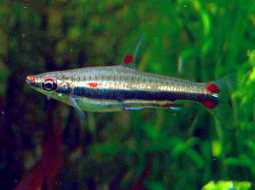


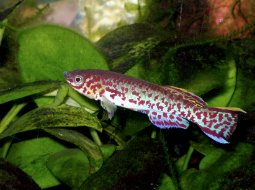
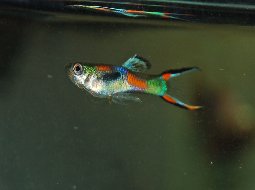
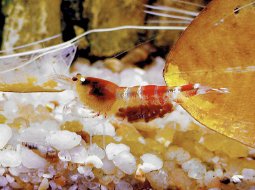
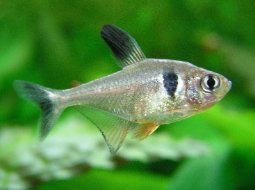
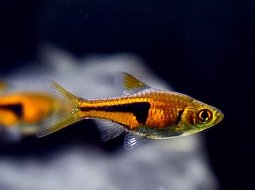





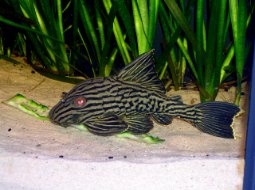

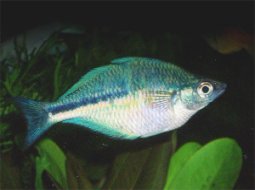






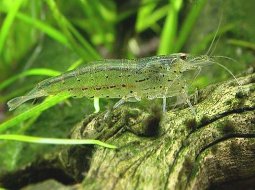
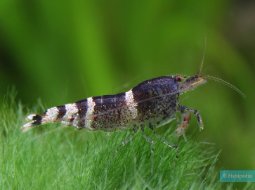
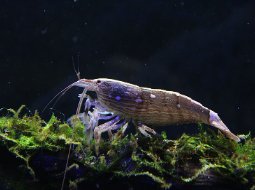


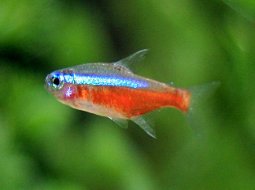
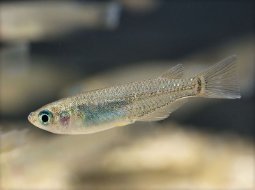



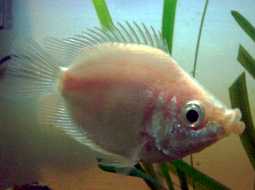
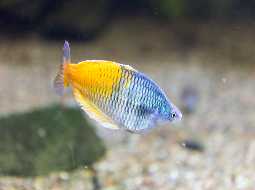

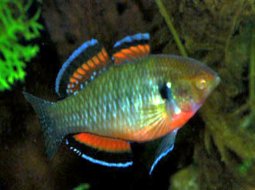

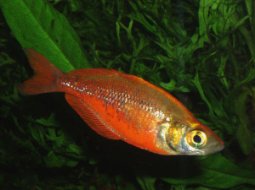



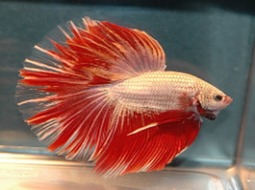
.jpg)
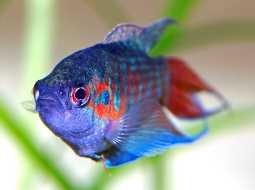


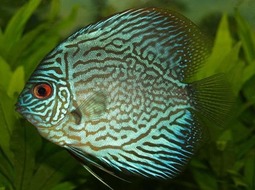
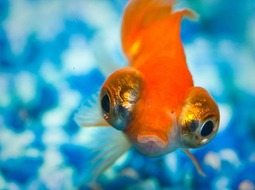
.jpg)
